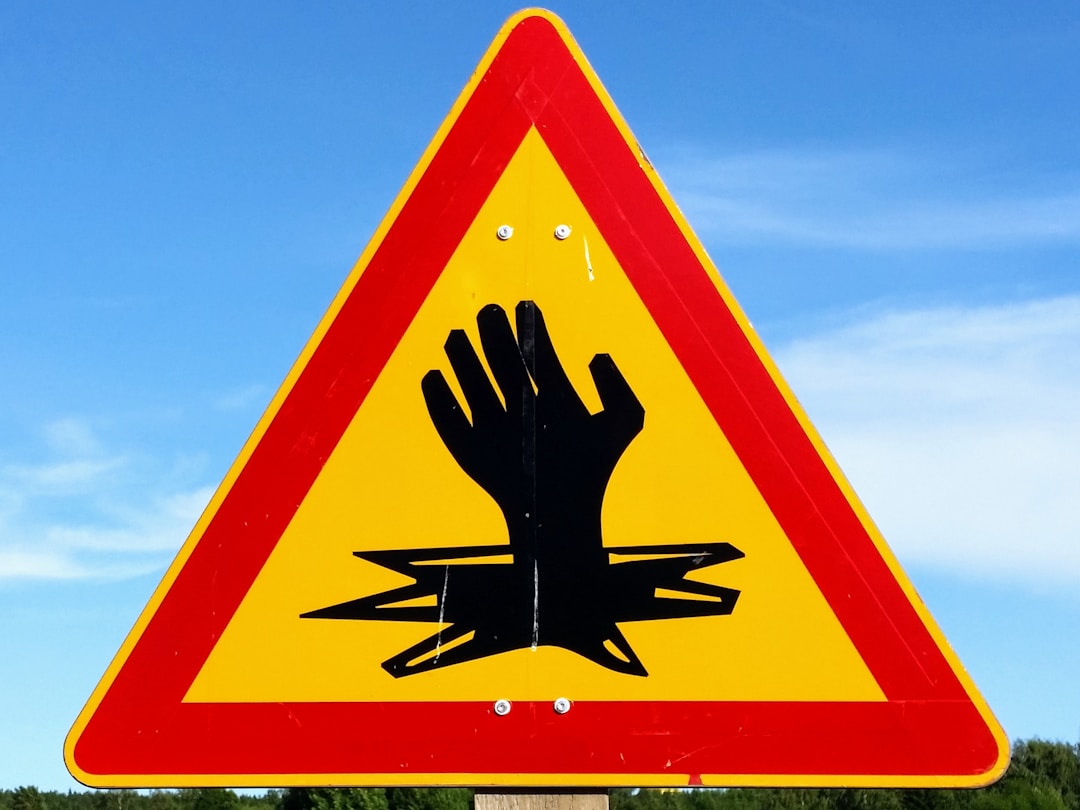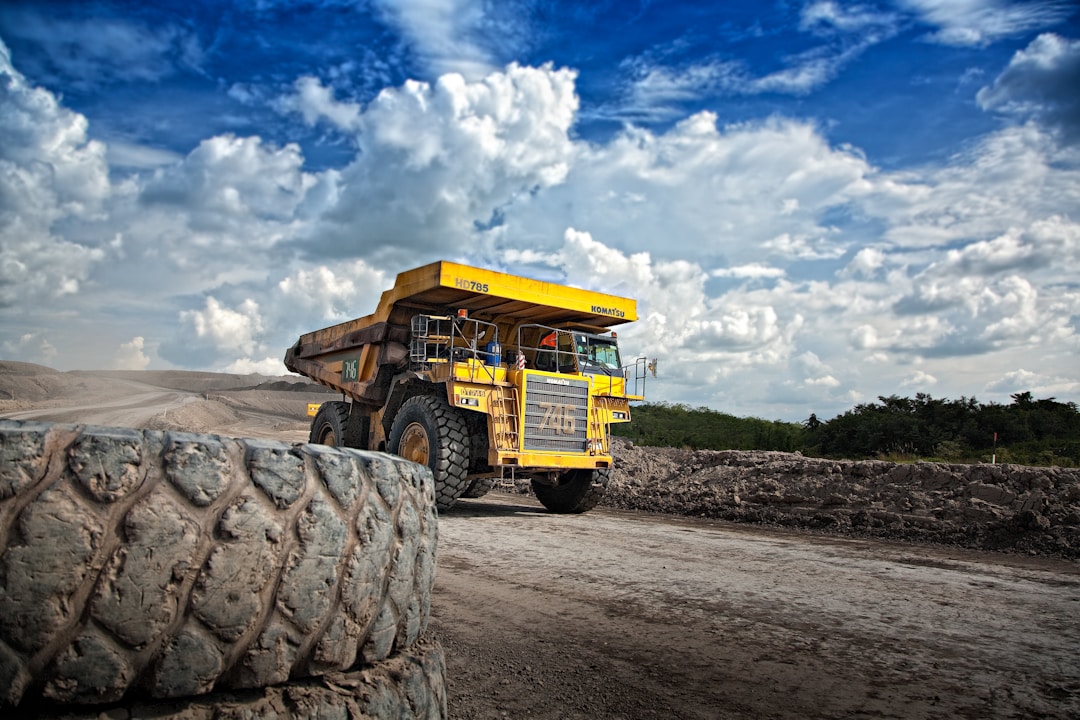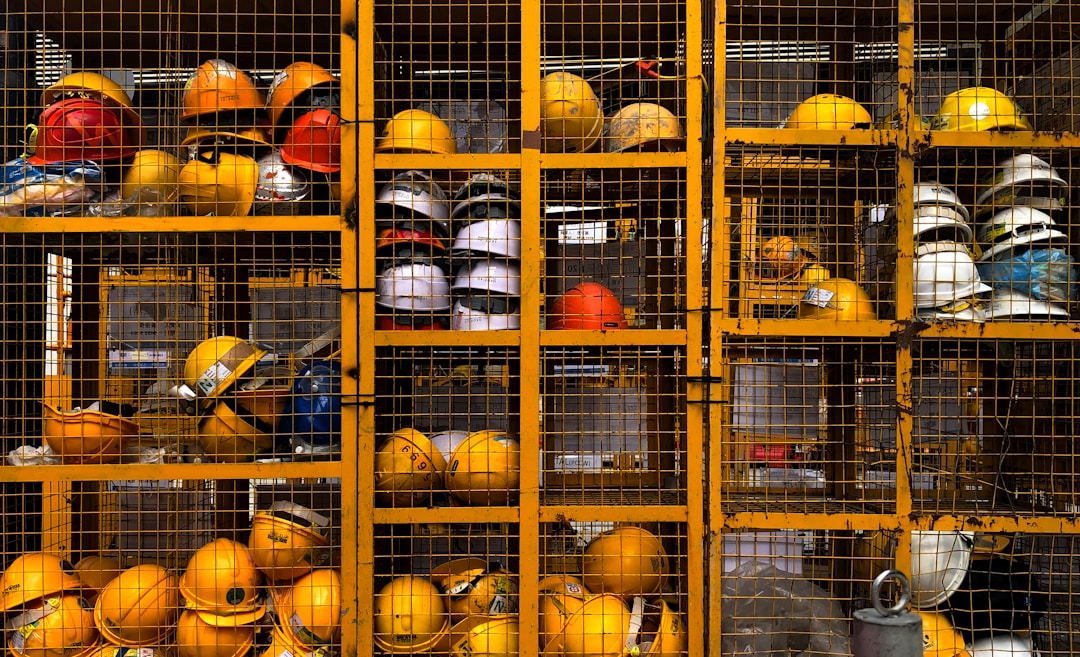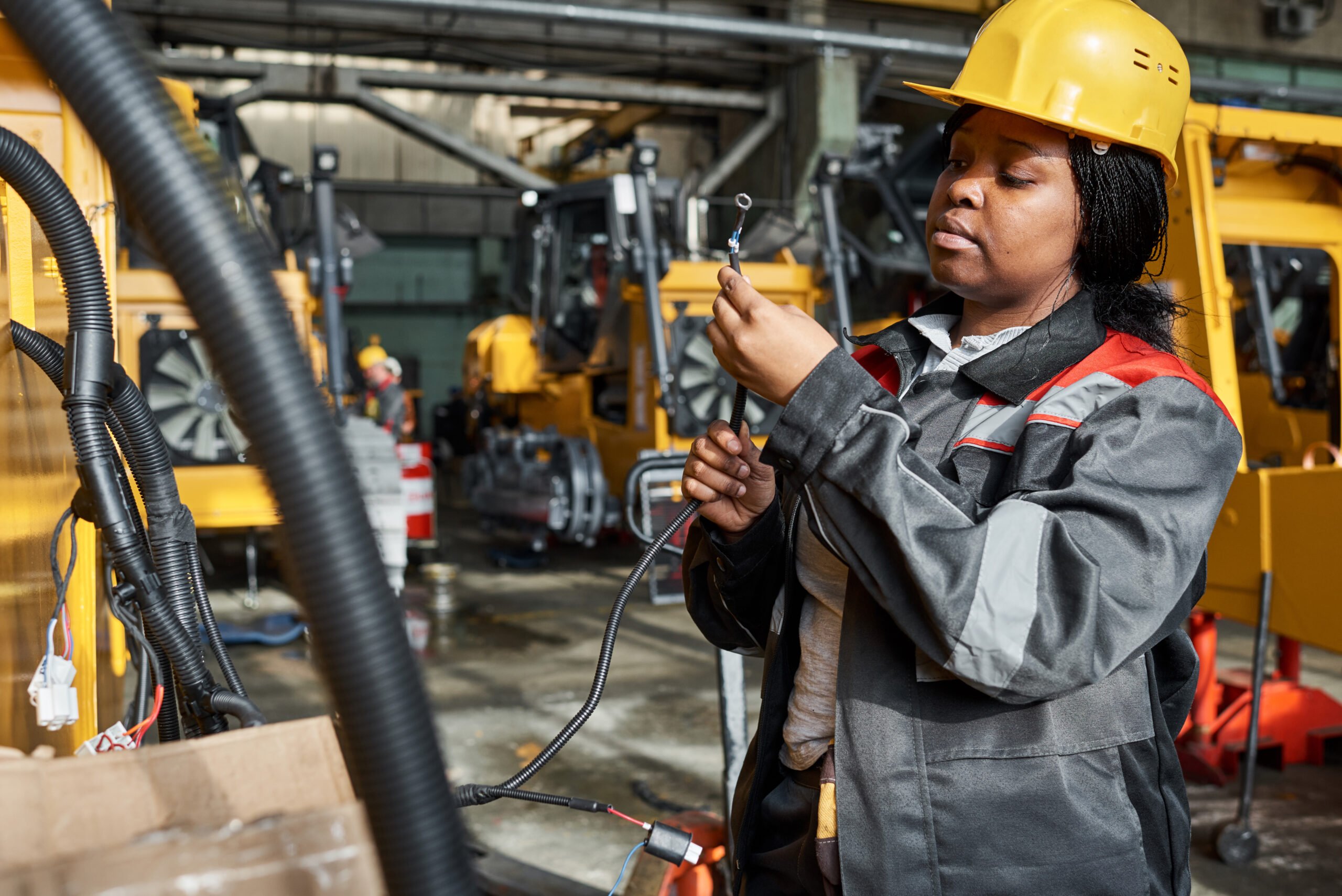The mining industry is a lucrative sector that significantly contributes to the revenue of many countries worldwide. However, it continues to present a risk to miners and businesses alike. Over the years, modern techniques, technology, and increased regulations have made mining easier and safer. The risk of catastrophe in mine sites is diminishing. In this article, we’ll provide you with four tips for running a safe mining operation.
1. Have good health and safety practices in place.

The health of your employees is vital during a mining operation. You should always ensure the proper safety kits are worn. A mask will aid with respiratory protection and will prevent dust and debris from getting into the body. Additionally, continually seek ways to improve the health and safety conditions by scheduling regular management and miners’ meetings to know what areas need improvement.
Some mining companies have mastered these safety techniques. For instance, Alamos Gold Inc., a Canadian-based gold mine run by John A Mccluskey and Chris Bostwick, makes their employees’ safety a top priority. They do this by ensuring that 100% of Island Gold’s workforce is covered by joint management health and safety committees.
In 2019 alone, they reduced lost-time injuries and their frequency rate by half compared to the previous year. Also, they recently announced a 19% increase in their royalty purchase and are set to produce an estimate of 600,000 ounces of gold from all its diversified operations in North America. This includes the ‘Young-Davidson, Island Gold Mine’ in Northern Ontario, United States, and the ‘Mulatos and El Chante Mines’ in Sonora, Mexico.
So you see, health is literally wealth in the mining world. Ensure that you have a database that records and monitors all your employees’ health status and keeps them updated regularly in addition to the previous point.
2. Manage your equipment properly.

The typical mining environment deals with numerous electrical and non-electrical equipment regularly. This is a good thing as it improves productivity and efficiency. However, the problem comes in the movement of equipment from one location to another. There will be a need to stretch electrical cords across different areas of the mine.
To guarantee safety, you must first ensure that only qualified persons handle the equipment. Secondly, make sure that there are policies to guide miners on when to use extensions and electrical cords and how to use them. This way, you’ll avoid unknown risks caused by negligence.
3. Think about risk management.

The mere act of mining for mineral resources is risky. The materials being used are susceptible to fire. As underground shafts and tunnels are tightly enclosed, it makes it easy for smoke and flames to become overbearing. Whether you’re mining in a gas-rich region or not, you must be vigilant to fire stimulants. Furthermore, ensure that you don’t use shafts out of commission or deterioration, which can cause unpredictable risks to your miners.
Remember that you’re responsible for the safety of every miner on your field. So make sure you carry out regular maintenance and reinforcement of your mines to ensure they retain their structure. Also, implement the use of risk management software that’s built around ISO 31000 risk management. In addition to this, try to implement the related risk assessment framework to identify current and potential risks. This will help you assess and mitigate risks at all levels and in real-time.
4. Don’t forget about compliance management.

Every country has its safety standards for mining companies. Ensure that your equipment and mining environment satisfy these standards. Replace or fix equipment that’s bad or faulty. Also, don’t allow miners to work without being adequately kitted. What’s more, you can also use technology to make your mining process more manageable. More importantly, be sure to learn from the mistakes of others.
A good number of tragedies that happen in the mining industries are avoidable if miners were complying. If for nothing else, remember that failure to comply with regulations and safety standards exposes your mine to unknown risks that can lead to accidents and simultaneously affect production because of lost recovery time.



